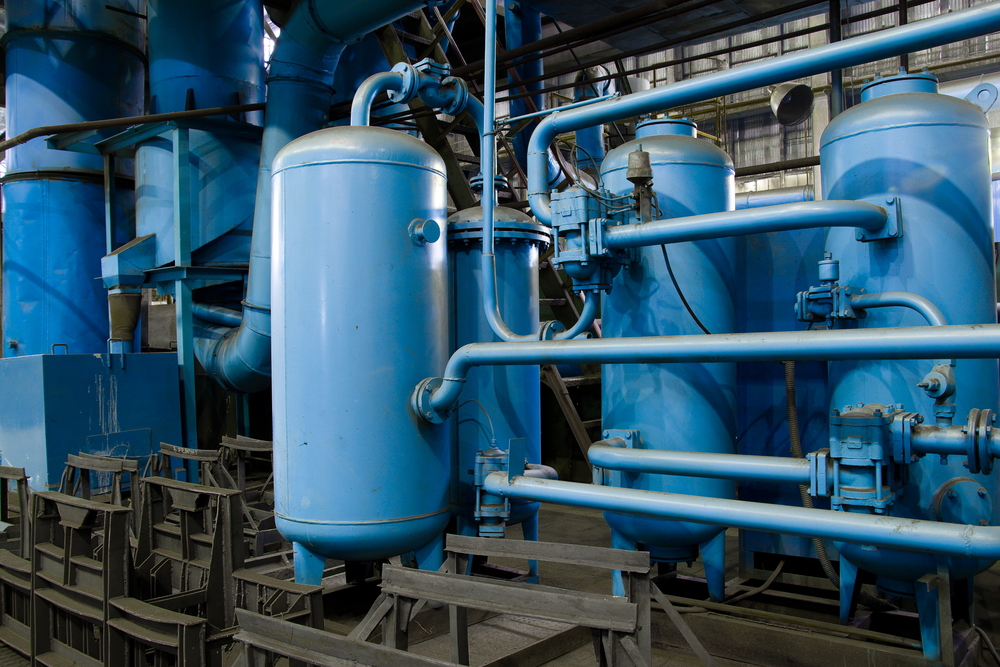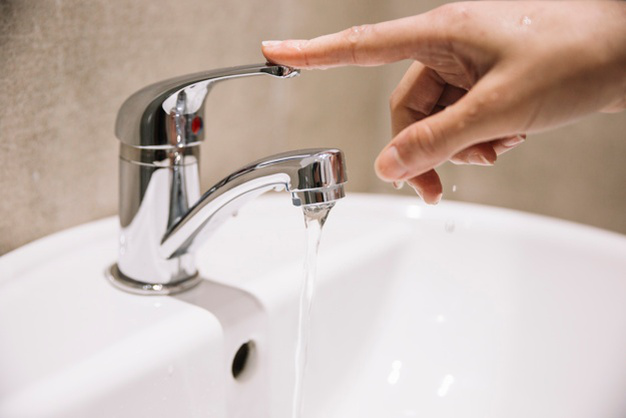Swift Remedies for Limited Water Pressure in Your Home
Swift Remedies for Limited Water Pressure in Your Home
Blog Article
The author is making a number of good observations regarding Dealing with Low Water Pressure in Your Home in general in the content on the next paragraphs.

Low water pressure in your home can be an irritating issue, affecting every little thing from bathing to cleaning dishes. If you're experiencing weak water circulation, there are a number of feasible reasons and solutions to discover. In this overview, we'll review usual factors for low tide pressure and functional steps to resolve the issue properly.
Introduction to Low Tide Pressure
Low tide stress takes place when the flow of water from your taps, showers, and other fixtures is weak than typical. This can make day-to-day jobs much more tough and much less effective. Understanding the causes of low tide pressure is crucial to locating the best option.
Usual Sources Of Low Tide Stress
Faulty Pressure Regulators
Stress regulators are in charge of keeping regular water pressure in your home. If they malfunction, it can result in low tide pressure or unequal flow throughout your home.
Municipal Supply Of Water Issues
In some cases, the problem exists outside your home. Local water system concerns, such as main line leakages or upkeep work, can briefly decrease water stress in your area.
Pipeline Obstructions
Gradually, pipelines can end up being obstructed with natural resource, debris, or debris, restricting the flow of water. This is a typical issue in older homes with galvanized steel pipelines.
Corrosion
Corrosion within pipes can cause leakages and minimized water stress. Corrosion accumulation can restrict water circulation, particularly in maturing plumbing systems.
How to Diagnose Low Water Pressure
Checking Pipelines
Check noticeable pipelines for indications of leakages, rust, or obstructions. Take notice of any kind of unusual sounds, such as banging or rattling pipelines, which can indicate issues within the plumbing system.
Consulting with a Plumber
If you're incapable to identify the root cause of low water pressure, consider working with a specialist plumber to perform an extensive examination. They can identify underlying concerns and advise proper solutions.
Inspecting Faucets and Fixtures
Begin by evaluating the water stress at different taps and fixtures throughout your home. If the issue is isolated to specific locations, it may show localized troubles.
Do It Yourself Solutions to Take Care Of Low Tide Pressure
Flushing Water Heater
Debris accumulation in the water heater can limit circulation and decrease performance. Flushing the storage tank occasionally assists remove sediment and keep optimum performance.
Inspecting Stress Regulator
Ensure that the pressure regulator is operating properly. Changing or replacing the regulatory authority can aid bring back proper water stress throughout your home.
Cleaning Aerators and Showerheads
Natural resources can accumulate in aerators and showerheads, reducing water flow. Remove and clean these elements on a regular basis to enhance water stress.
Clearing Up Clogs in Pipes
For minor obstructions, try using a plumbing snake or chemical drainpipe cleaner to clear blockages in pipes. Beware when using chemicals and follow safety standards.
When to Call an Expert Plumber
If DIY initiatives fail to fix the problem or if you suspect significant plumbing problems, it's finest to seek assistance from a certified plumber. They have the know-how and devices to attend to complicated concerns securely and properly.
Safety Nets to Preserve Water Pressure
Mounting a Stress Booster
Consider mounting a pressure booster pump to boost water pressure in locations with continually reduced flow. This can be especially advantageous for multi-story homes or properties with high-demand components.
Monitoring Water Usage
Be mindful of water usage habits and avoid overtaxing the plumbing system. Basic changes, such as astonishing showers and laundry loads, can help maintain ample water pressure.
Normal Maintenance
Arrange regular upkeep for your plumbing system to prevent problems such as corrosion, leakages, and blockages. Dealing with minor troubles early can help stay clear of even more substantial repairs in the future.
Verdict
Managing low tide pressure can be discouraging, but identifying the underlying reasons and applying appropriate options can restore optimal flow throughout your home. Whether it's cleansing aerators, evaluating pipelines, or consulting with a plumber, taking proactive actions can make sure a stable supply of water for your day-to-day requirements.
FOUR WAYS TO FIX LOW WATER PRESSURE NOW
Turning on a shower or faucet only to find the water comes out in a sad, slow drizzle is never a good feeling. How exactly are you supposed to wash a pan or take a quick shower when it takes 10 minutes just to rinse off a little soap? The good news is that when your water pressure is bad, there's always a cause: typically one that can be easily fixed. Here are some of the most common causes of low pressure and what you can do to fix the issue:
DEBRIS AND MINERAL DEPOSIT BUILDUPS
If you notice low water pressure from just one or two of the fixtures in your house, the problem likely has to do with debris buildup. Water is full of minerals and other debris, all of which can accumulate in your pipes and on your fixtures. This can cause a blockage that affects how much water flows through. To fix this, try filling a small plastic bag with white vinegar, and use a rubber band to hang it around your showerhead or faucet. Let the head of the fixture soak for a few hours, and the vinegar should loosen the deposits.
WATER LEAKS
Leaks are another common cause of low water pressure. If water is flowing out of your plumbing through a hole or crack before it can reach your fixture, the pressure coming out of the faucet or showerhead will be lower. A plumbing professional is your best bet for finding and repairing a leak in your water supply pipes.
Leaks are another common cause of low water pressure. If water is flowing out of your plumbing through a hole or crack before it can reach your fixture, the pressure coming out of the faucet or showerhead will be lower. A plumbing professional is your best bet for finding and repairing a leak in your water supply pipes.
A VALVE ISSUE
If you have low water pressure throughout your home, check your main shut-off valve to make sure it's completely open. You may also want to see if there's a pressure-reducing valve installed. If there is, have a plumber help you adjust the settings to get the pressure you're looking for.
OTHERS USING WATER
Believe it or not, your low water pressure could be caused by your neighbors. If you notice low pressure at certain times of day, it may be because you and the people living next to you have similar schedules - when everyone is showering at the same time, the pressure will be lower in every home. Low pressure throughout the neighborhood may also be caused by an issue with your municipal water supply. If that's the case, call the supplier to see if they're working on the issue.
https://www.rotorooter.com/blog/water-leaking/low-water-pressure-fixes/

We were shown that write-up on 10 Reasons for Low Water Pressure in Your House from a pal on another website. Sharing is nice. You never know, you may be doing someone a favor. We enjoy your readership.
Get Started Report this page